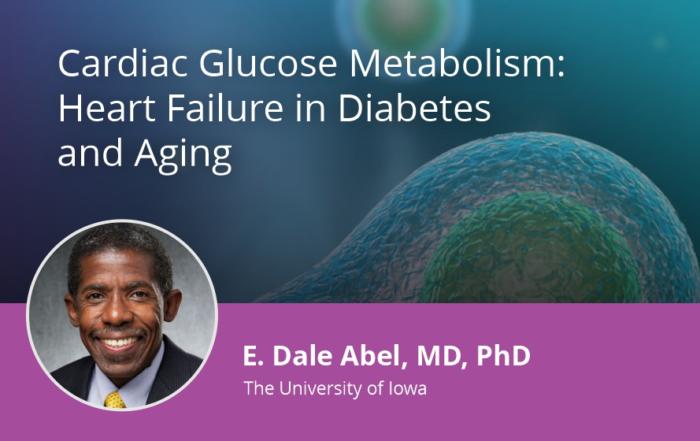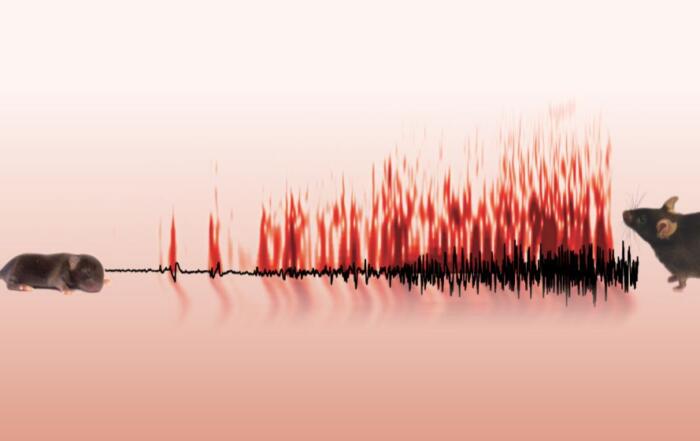During this webinar, Drs. Peterson and Guralnik will discuss sarcopenia, the physiological mechanisms underlying the disease, and the current avenues of treatment and assessment that are being researched and developed for patients.
Sarcopenia is the age-related loss of muscle that causes decreased strength and functional limitations. Muscle loss occurs universally in people as we age, but some people lose muscle at an accelerated rate compared to others. While chronic disease can cause sarcopenia, it can also result from a sedentary lifestyle, hospitalizations and extended bed rest due to other conditions.
A gradual decline in muscle mass and strength begins around 30 years of age with this condition, and annual losses get larger throughout life. The self-reporting of functional difficulties to health care providers may give an indication that sarcopenia is present, but a more precise definition is needed for research and clinical use.
Efforts made in Europe and the US have used grip strength, gait speed and lean mass to define sarcopenia, but these definitions lead to large differences in prevalence rate and discordance in who is labelled as “sarcopenic”. To assess this condition, lean mass as measured by dual x-ray absorptiometry (DXA) may not accurately reflect actual muscle mass, but a new technique using dilution of deuterium-labelled creatine may prove to be superior in clinically diagnosing sarcopenia. Currently, a consensus has not been reached on the clinical outcome assessments that can be used by regulatory agencies to judge the effectiveness of drugs for sarcopenia.
A number of potential interventions are being explored to treat sarcopenia in older people, but no drugs are currently approved for this condition. The antidiabetic drug metformin shows promise in preventing many age-associated conditions, but appears to blunt the benefits of exercise on muscle. Senolytic drugs, which clear senescent cells, may improve muscle repair following injury preferentially in older individuals.
Resources
To retrieve a PDF copy of the presentation, click on the link below the slide player. From this page, click on the “Download” link to retrieve the file.
Presenters
Professor of Epidemiology and Public Health
Epidemiology and Public Health
University of Maryland School of Medicine
Joseph Hamburg Endowed Professor, CMB Director
Center for Muscle Biology Physical Therapy
University of Kentucky












